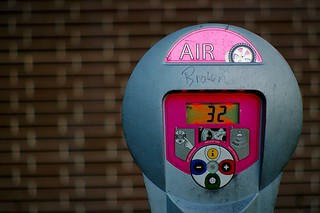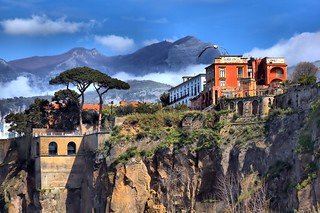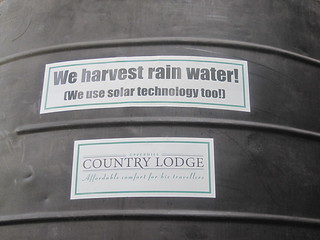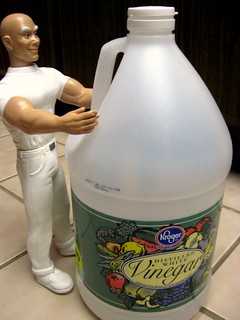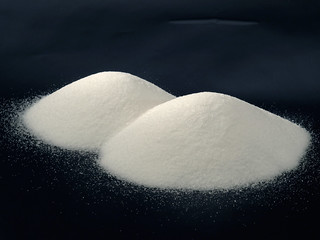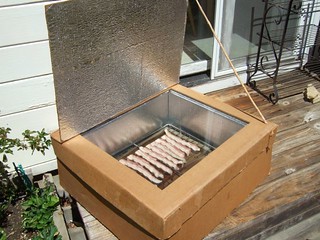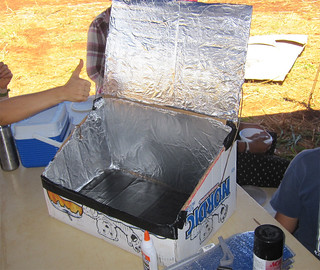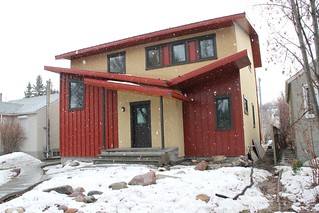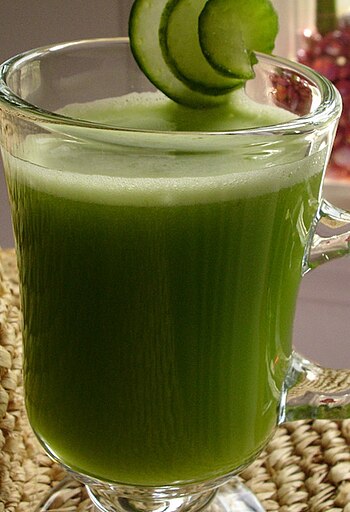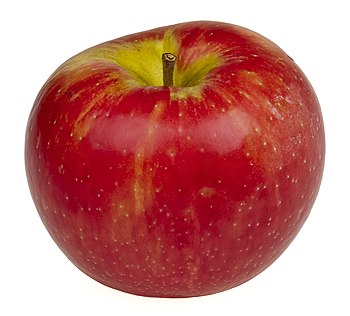| (Photo credit: Wikipedia) |
2. Maintain your speed. It actually uses more fuel to accelerate and brake repeatedly. Choose your speed and stick to it as much as possible. If you have cruise control on your vehicle, this makes it easy to maintain a consistent speed, which is also very useful on long road trips.
3. Accelerate slowly. The lead foot syndrome is a sure-fire gas waster. When you press on the gas hard you’re releasing vast amounts of fuel. Your engine can only burn so much and all the extra simply goes to waste. Some newer cars have an efficiency gauge to tell you how efficiently you are driving, but if yours doesn't, you will need to learn to shift up smoothly through the gears and let your car accelerate naturally. Learn where your car shifts into the next gear, and if you're driving an automatic, slowly accelerate to this speed, then let up slightly on the pedal to shift to the next gear, and repeat. Once you learn how to do this well, this will maximize your fuel efficiency.
4. Drop the weight. Did you know that for every extra 100 pounds in your car you lose 2% in fuel efficiency. Hop into that trunk or hatchback of yours and pull out all the extra junk. Leave the jack and the spare tire of course! However, that bag of workout clothing you’ve had sitting in the back for months and the empty picnic cooler can go.
5. Change your spark plugs and keep your car in tip-top shape. The more efficient your car’s systems the more efficiently it uses fuel. In fact, changing your old spark plugs if they're worn out can boost fuel mileage up to 30%.
| (Photo credit: greg.turner) |
7. Change your air filter. Your air filter feeds the air directly into your engine and if it’s dirty you’re losing performance. Typically, your air filter is changed when your oil is changed; however, it’s important to make sure.
8. Close or open the windows. There’s an age-old dilemma regarding which is more fuel efficient: to drive with the air conditioner running or to drive with the windows open. The truth is that both waste fuel and are relatively equal. However, if you’re driving at high speeds the air conditioner may save a bit more gas and if you’re driving at low speeds then having the windows open is slightly more fuel-efficient.
Ultimately, the most fuel-efficient thing you can do is to carpool, take public transportation, walk, or ride your bike. And the smaller the vehicle you’re in, the more fuel efficient it tends to be. Try adopting one gas saving habit each week or month until you’re not only saving the environment and conserving resources, you’re saving hundreds of dollars each month! And before taking off on vacation this summer, be sure to take these factors into account, and save some money on your vacation travel.

